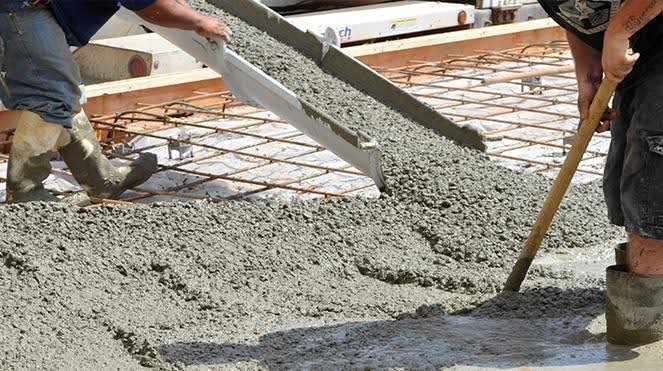Ultimate Guide to Ready-Mix Concrete: Mixing, Placing, Curing and Finishing

June 12, 2024
Ready-Mix Concrete (RMC) has become the cornerstone of modern construction projects in India due to its superior quality, convenience, and efficiency. However, to ensure the structural integrity and longevity of concrete structures, it is crucial to follow best practices and guidelines for mixing, placing, curing, and finishing RMC. Here are some essential tips and best practices to achieve optimal results:
Mixing Concrete
Ensure Proper Blending of Materials: The quality of ready-mix concrete (RMC) depends heavily on the uniform blending of materials, such as cement, aggregates, water, and any admixtures. It is essential to use well-graded aggregates and the correct amount of water to achieve the desired workability and strength. Aparna RMC ensures thorough blending to maintain consistent quality.
Use Quality Materials: Always procure high-quality raw materials from reputable suppliers. The consistency of materials directly impacts the performance of the concrete mix.
Follow the Mix Design: Stick to the specified mix design provided by the engineers. Altering the mix design can lead to variations in concrete strength and durability. Aparna RMC provides precise mix designs tailored to project requirements, ensuring optimal performance.
Placing Concrete
Preparation of the Site: Ensure the site is thoroughly prepared before placing the concrete. This involves setting up formwork, checking reinforcement placement, and ensuring that the area is clean and debris-free.
Timely Delivery and Placement: Ready-Mix Concrete (RMC) must be delivered and placed within the specified time to prevent the initial setting of the concrete. Delays can impact the workability and strength of the mix. Aparna RMC ensures timely delivery for smooth placement, maintaining the desired properties of the concrete.
Curing Concrete
Start Curing Early: To ensure the concrete’s strength and durability, curing should start immediately after the concrete has been placed and finished. It is crucial to maintain proper moisture levels in the concrete during the hydration process for optimal strength development.
Maintain Moisture: Curing methods such as water curing, wet coverings, or curing compounds should be used to keep the concrete moist. In India’s hot climate, it’s crucial to maintain adequate moisture levels to prevent cracking and ensure proper strength gain. Aparna RMC recommends effective curing methods to sustain moisture and ensure long-lasting results.
Duration of Curing: Concrete should be cured for a minimum of 7 days for regular concrete and 14 days for concrete exposed to harsh conditions. Longer curing periods improve the durability and strength of the concrete.
Finishing Concrete
Surface Finishing: Use appropriate finishing tools and techniques to achieve the desired surface texture. Overworking the surface can lead to segregation and surface defects.
Timing of Finishing: The timing of finishing concrete is crucial. It’s essential to start the finishing process once the surface water (bleed water) has evaporated. Premature finishing can trap water and weaken the surface. Aparna RMC recommends correctly timing the finishing process to ensure the surface’s integrity and strength.
Protect the Surface: Protect the finished surface from extreme weather conditions and mechanical damage. Covering the surface with wet burlap or plastic sheets can help prevent moisture loss and cracking.
Conclusion
Following these best practices and guidelines for mixing, placing, curing, and finishing ready-mix concrete is essential for achieving high-quality, durable concrete structures. At Aparna RMC, we prioritise the quality and consistency of our concrete mixes, ensuring that your construction projects meet the highest standards of excellence. By adhering to these guidelines, construction professionals can ensure their project’s longevity and structural integrity, contributing to robust infrastructure development.
